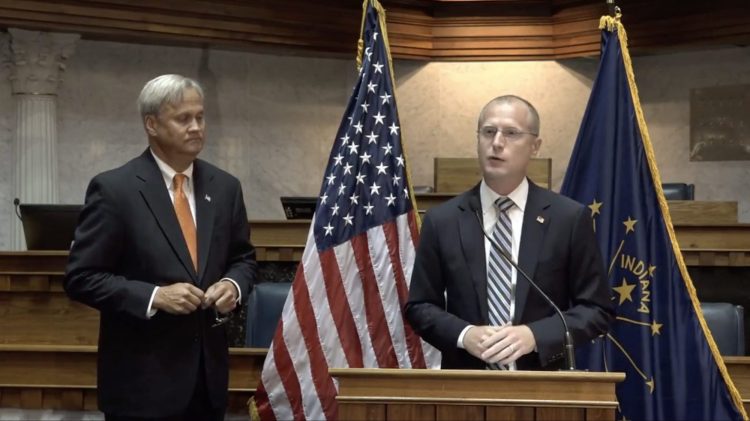Following an announcement three weeks ago, the FCC today voted to streamline the local permitting process for small cells — a key hardware component required for 5G networks — by reducing local fees and the potential for delays. The plan was developed by FCC Commissioner Brendan Carr as a means to help the United States win the “global race to 5G” by hastening deployments across the country.
Today’s FCC order contains a mix of good and bad news for local regulators. It limits the fees localities can charge for reviewing small cells by providing a schedule of appropriate charges, and establishes shot clocks on those reviews to prevent them from taking unreasonable amounts of time. Local governments have historically used cellular tower reviews as an opportunity to extract various financial and use concessions from carriers, dragging out approvals in the process.
On the other hand, the FCC’s order affirms that localities can continue to apply reasonable aesthetic considerations to proposed small cell deployments. Ensuring wireless hardware doesn’t obstruct views of buildings or monuments has historically been necessary in public squares and historic districts.
“In the global race to 5G, the stakes are high — it is about economic leadership for the next decade,” said Carr. “Wireless providers are projected to spend $275 billion in the U.S. to build 5G, which represents a massive private sector investment in American infrastructure and jobs — without a penny of new taxes. Today’s order streamlines the approval process for 5G small cells and helps ensure that our country will continue to be the innovation hub of the world.”
June 5th: The AI Audit in NYC
Join us next week in NYC to engage with top executive leaders, delving into strategies for auditing AI models to ensure fairness, optimal performance, and ethical compliance across diverse organizations. Secure your attendance for this exclusive invite-only event.
The FCC’s order is estimated to reduce costs and delays by roughly $2 billion, and enable wireless carriers to provide coverage for an additional two million homes and businesses, a claimed 97 percent of which are in rural and suburban areas.

